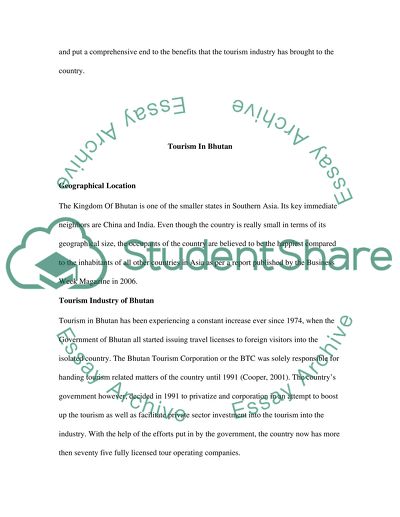Cite this document
(“Tourism in Bhutan Case Study Example | Topics and Well Written Essays - 2500 words”, n.d.)
Retrieved de https://studentshare.org/tourism/1392043-tourism-in-bhutan
Retrieved de https://studentshare.org/tourism/1392043-tourism-in-bhutan
(Tourism in Bhutan Case Study Example | Topics and Well Written Essays - 2500 Words)
https://studentshare.org/tourism/1392043-tourism-in-bhutan.
https://studentshare.org/tourism/1392043-tourism-in-bhutan.
“Tourism in Bhutan Case Study Example | Topics and Well Written Essays - 2500 Words”, n.d. https://studentshare.org/tourism/1392043-tourism-in-bhutan.


